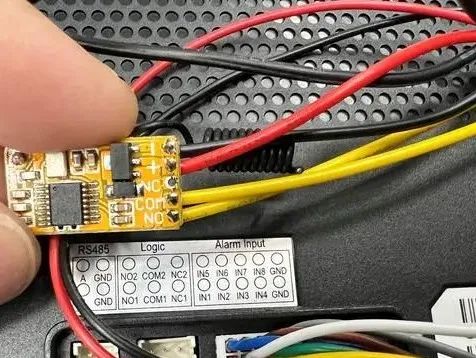Integrating Wireless Communication Modules: Practical Guide to Connecting Microcontrollers with Bluetooth Modules
In modern electronic projects, wireless communication has become an indispensable part, and Bluetooth modules are a popular choice for wireless communication due to their low power consumption, low cost, and ease of use. This article will focus on the integration of microcontrollers with Bluetooth modules, providing a step-by-step guide on how to connect a Bluetooth module to a microcontroller to achieve bidirectional data communication. We will cover everything from hardware wiring and code writing to practical application cases, making it especially suitable for beginners and enthusiasts in electronics.
Basics of Communication between Bluetooth Modules and Microcontrollers
1. Basic Concepts
The core function of a Bluetooth module is to enable wireless data transmission and reception. It connects to the microcontroller via serial communication (UART), allowing the microcontroller to “converse” with the Bluetooth module by sending and receiving data.
-
Serial Communication: The method of data transmission between the Bluetooth module and the microcontroller, similar to two people communicating via walkie-talkies, where one speaks and the other listens, strictly adhering to the rules of “transmit” and “receive”.
-
Common Bluetooth Module Models: Modules like HC-05 and HC-06 are commonly used by beginners due to their simplicity and support for AT command configuration of communication parameters.
Pin Description of Bluetooth Module (using HC-05 as an example):
-
VCC: Power supply pin (generally connected to 5V or 3.3V).
-
GND: Ground pin, connected to the microcontroller’s ground.
-
TXD: Transmit pin, responsible for sending data to the microcontroller.
-
RXD: Receive pin, receiving data sent from the microcontroller.
-
STATE: Indicates the Bluetooth connection status (optional).
Note: The RXD pin level of the Bluetooth module is 3.3V, while some microcontrollers’ TX pins may output 5V, which could damage the module if connected directly! A voltage divider circuit or level shifter is needed to reduce the voltage.
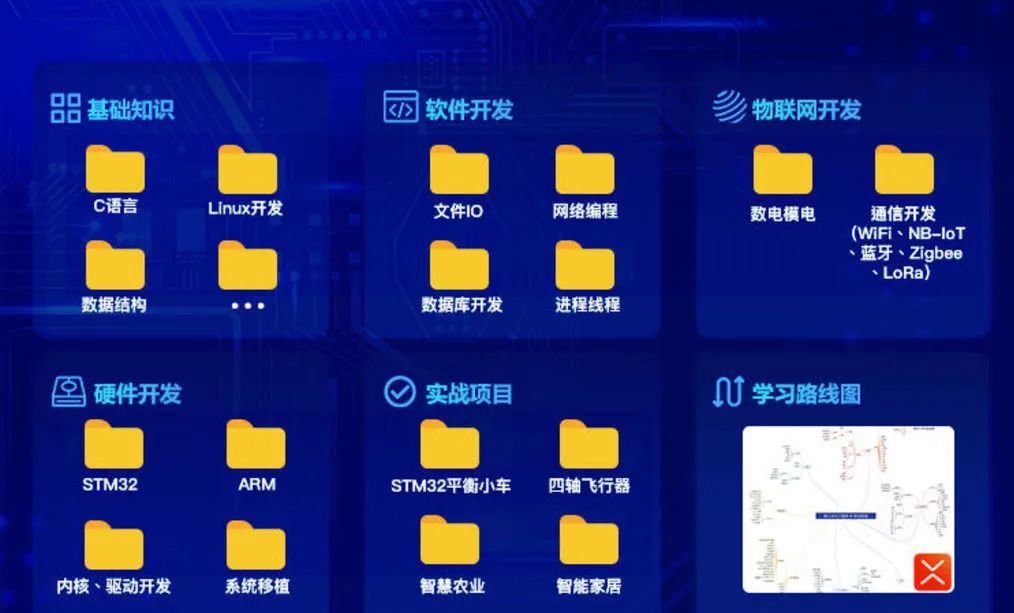
2. Hardware Wiring
Below is the wiring diagram for the Bluetooth module and the microcontroller (using STM32 as an example):
1 Microcontroller Pin Bluetooth Module Pin
2---------------- ----------------
3VCC VCC
4GND GND
5USART1_TX RXD (Receiving End)
6USART1_RX TXD (Transmitting End)
Level Adjustment:
-
If the microcontroller operates at 5V (like the 51 microcontroller), a simple voltage divider circuit should be connected between the microcontroller’s TXD and the Bluetooth module’s RXD:
-
Method 1: Use two resistors (e.g., 10kΩ and 20kΩ) to create a voltage divider, ensuring the voltage at the Bluetooth module’s RXD pin drops to 3.3V.
-
Method 2: Use a dedicated level shifting chip, such as the 74LVC245.
Notes
-
Power Supply Issues: The Bluetooth module has high power supply requirements; it is best to use a stable power source to avoid disconnections during communication.
-
Pin Connection Issues: The TX and RX pins of the Bluetooth module can easily be reversed. Remember: the module’s TX connects to the microcontroller’s RX, and the module’s RX connects to the microcontroller’s TX.
3. Code Implementation for Bluetooth Communication
The following example demonstrates how to implement communication with the Bluetooth module using the STM32 microcontroller and the HAL library:
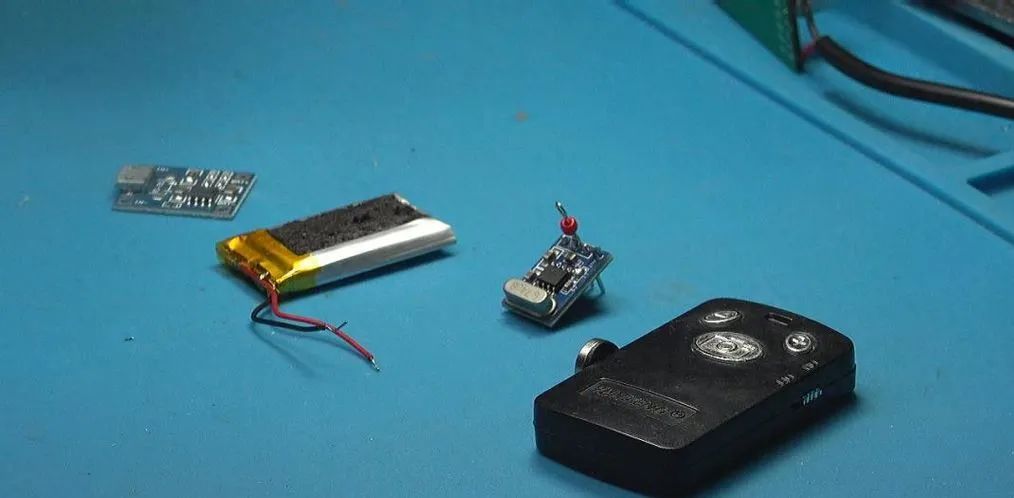
Code Example
Initializing USART Serial Port
Configure USART1 in STM32CubeMX, setting the baud rate to 9600 (matching the default baud rate of the Bluetooth module).
1// main.c
2#include "usart.h"
3#include "stdio.h"
4
5uint8_t rxBuffer[100]; // Receive buffer
6uint8_t txBuffer[] = "Hello, Bluetooth!\r\n"; // Transmit buffer
7
8int main(void)
9{
10 HAL_Init();
11 SystemClock_Config();
12 MX_USART1_UART_Init();
13
14 // Send initialization success message
15 HAL_UART_Transmit(&huart1, txBuffer, sizeof(txBuffer) - 1, HAL_MAX_DELAY);
16
17 while (1)
18 {
19 // Receive data
20 if (HAL_UART_Receive(&huart1, rxBuffer, sizeof(rxBuffer), 1000) == HAL_OK)
21 {
22 // Echo the received data back to the Bluetooth module
23 HAL_UART_Transmit(&huart1, rxBuffer, sizeof(rxBuffer), HAL_MAX_DELAY);
24 }
25 }
26}
Function Description
-
The microcontroller will send the string “Hello, Bluetooth!” to the Bluetooth module, which can be received by a mobile phone.
-
The microcontroller will echo back any data received from Bluetooth.
Debugging Method
-
Use a mobile Bluetooth assistant (such as the “Bluetooth Debug Assistant” app) to connect to the Bluetooth module and send data, observing whether there is an echo.
4. Practical Application Case
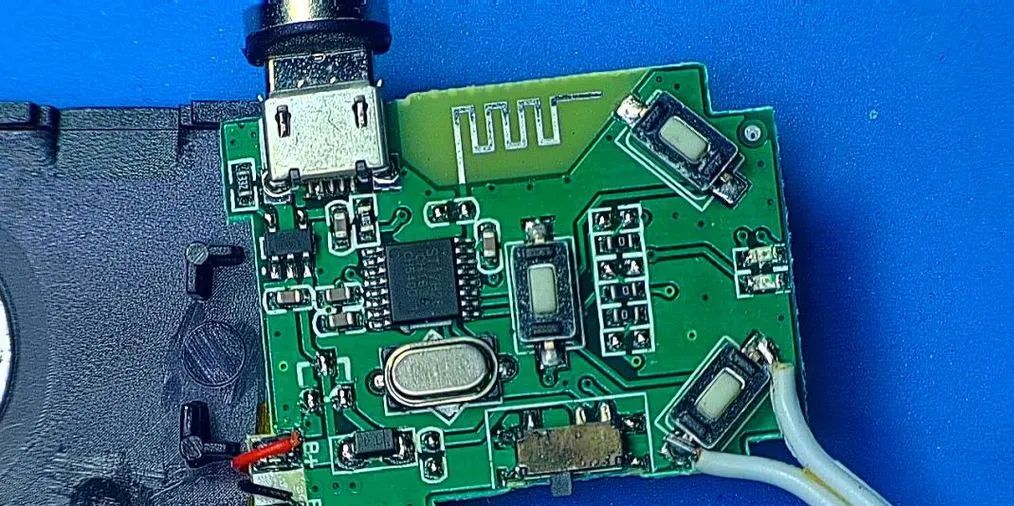
Case Study: Remote LED Control
Objective: Use a mobile phone to send commands (such as “ON” or “OFF”) via Bluetooth to control the GPIO output of the microcontroller, thereby turning the LED on or off.
Hardware Connection
-
The positive terminal of an LED is connected to the microcontroller’s GPIO pin, and the negative terminal is connected to ground;
-
Refer to the previous section for the wiring of the Bluetooth module.
Software Implementation
1#include "usart.h"
2#include "gpio.h"
3#include <string.h>
4
5uint8_t rxBuffer[20];
6
7int main(void)
8{
9 HAL_Init();
10 SystemClock_Config();
11 MX_USART1_UART_Init();
12 MX_GPIO_Init();
13
14 while (1)
15 {
16 // Receive Bluetooth data
17 if (HAL_UART_Receive(&huart1, rxBuffer, sizeof(rxBuffer), 1000) == HAL_OK)
18 {
19 if (strncmp((char *)rxBuffer, "ON", 2) == 0)
20 {
21 HAL_GPIO_WritePin(GPIOA, GPIO_PIN_5, GPIO_PIN_SET); // Turn on LED
22 }
23 else if (strncmp((char *)rxBuffer, "OFF", 3) == 0)
24 {
25 HAL_GPIO_WritePin(GPIOA, GPIO_PIN_5, GPIO_PIN_RESET); // Turn off LED
26 }
27 }
28 }
29}
</string.h>Debugging Method
-
Send “ON” from the mobile Bluetooth assistant to turn on the LED; send “OFF” to turn it off.
-
If there is no response, check if the baud rate matches or if the pins are connected incorrectly.
5. Common Issues and Solutions
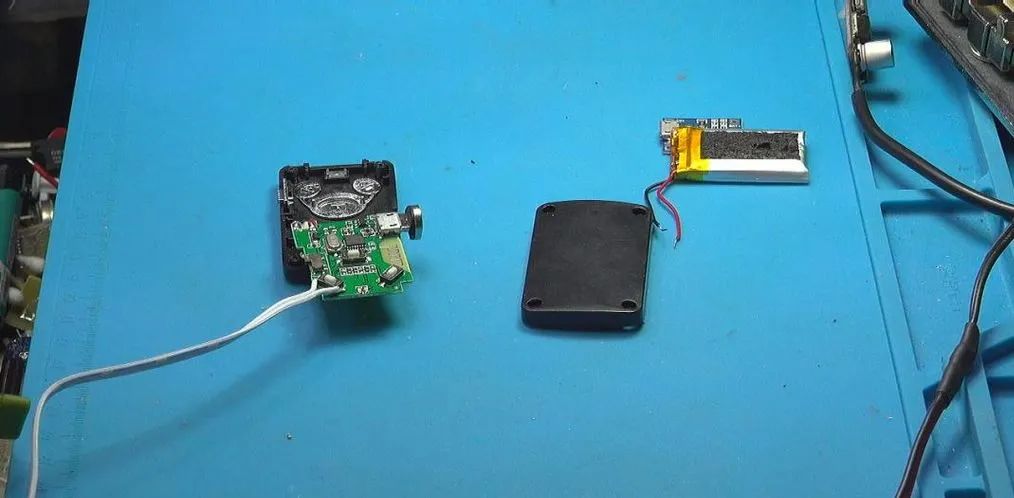
-
Bluetooth Module Cannot Connect to Phone
-
Ensure the Bluetooth module is in pairing mode (LED blinking).
-
Ensure the module is within the search range of the phone.
-
Check if the baud rate of the Bluetooth module matches that of the microcontroller, which can be modified using AT commands.
-
Data Transmission Failure or Garbled Data
-
Check if the baud rate is consistent.
-
Ensure the data format is correct and avoid sending data that exceeds the buffer size of the Bluetooth module.
-
Bluetooth Module Disconnection
-
Check if the power supply is stable; it is recommended to use a filtering capacitor.
-
Avoid exceeding the distance limit (more than 10 meters) between the module and the phone.
Practical Recommendations
-
Start with Basic Functions: First implement simple send and receive functions, then gradually add more complex logic.
-
Utilize Debugging Tools: Use serial debugging assistants and Bluetooth debugging assistants to monitor data transmission at any time.
-
Ensure Hardware Protection: Use level shifters to avoid damaging the Bluetooth module.
-
Test Repeatedly: Test the stability of Bluetooth communication in different environments, such as long distances and obstructed environments.
After completing this exercise, you will master the basic integration methods of microcontrollers with Bluetooth modules and be able to freely implement more creative applications, such as wireless data collection and Bluetooth remote control cars.
